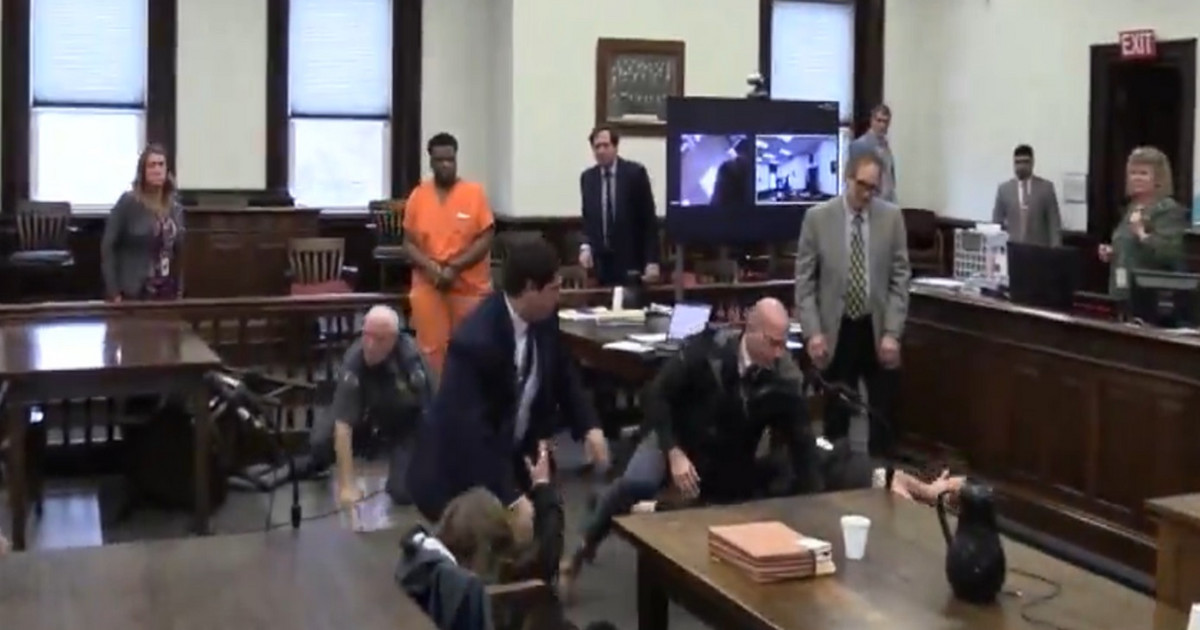There are few certainties for the universe of investments in Brazil in 2022 other than one: interest rates will be high. The Selic rate, which serves as a reference for all fixed income in the country, should remain close to 12% throughout this year.
In addition, what we have is a horizon clouded by economic growth that must be weak, elections that promise to be polarized and a pandemic that insists on not making it clear when it can end.
This all adds up to a stock exchange and an exchange rate that is sure to have months of high volatility.
The conclusion is that there is no easy answer for investors about where to run with their investments this year.
To shed some light along this tunnel, the CNN Brasil Business talked with banks and brokers to arrive at a balanced portfolio to start 2022, already adjusted to the risk tolerance level of the main profiles – conservative, moderate and bold.
The results consider the average of the recommendations for each category. The brokers Rico and Toro and the Santander bank were consulted. The complete portfolio of each of the institutions can be seen below, as well as the comments for each type of investment.
Analysts reinforce that the economy and portfolios are dynamic and that these distributions can and should be adjusted throughout the year according to the conjuncture. In this case, the investor must keep an eye on the news and recommendations from professionals.
year of diversification
Although 2022 starts with high interest rates and low stocks, and with brokers, in fact, reducing the recommended slices for Brazilian stocks, the answer is not as simple as “leaving variable income and going to fixed income”. The word for the year is diversification.
The Ibovespa, for example, despite weakness and volatility, ended up leaving a lot of stock too cheap to ignore.
Very long-term fixed-income securities are being viewed with caution, given future interest and inflation uncertainties, while a good chunk that analysts are recommending taking off the Brazilian stock market is going to stocks abroad.
“The suggestion is a balanced portfolio, with products that allow us to capture opportunities, combined with defensive strategies, which minimize fluctuations”, said the investment specialist at Santander Arley da Silva Junior.
Below are detailed portfolios for each home and expert comments on care and opportunities to consider for each asset type:
Post-fixed fixed income
These are public or private bonds linked to the Selic or CDI (bank rate that is linked to the Selic): when these rates rise, their remuneration rises together.
They always have a guaranteed position in any wallet, as they are the best option for that money that a person always needs to have on hand to redeem at any time, and without losses.
THE Selic Treasure and the CDBs with daily liquidity are the options that continue to be recommended for this function.
But the increase in interest rates makes this category especially attractive within fixed income, and analysts have recommended increasing their share.
“For the portion in which the investor can give up liquidity [comprando títulos com vencimentos mais longos], the suggestion is the LCIs Where LCAs, which are exempt from income tax for individuals and make profitability more interesting”, said Silva, from Santander.
Fixed income linked to inflation
These are bonds that remunerate inflation plus a fixed interest portion, which guarantees that their yield will never be less than the price variation (unless the investor redeems before maturity, which can imply in losses). For this reason, they also often have a captive piece in the recommendations.
THE Tesouro HICP +, from Tesouro Direto, is the best known and most used of the options, and should be in the portfolio. Specialists reinforce, however, that there are good options for private bonds as well.
Santander recommends a search for LCAs e LCIs who have this type of remuneration, since they are exempt from the collection of IR. Toro Investimentos points out that there are options for CDBs paying interest of up to 6% on the IPCA, with maturities up to 2025.
Here are also the main recommendations for private credit, which are debt securities issued by companies.
“For people with a slightly stronger stomach, tax-exempt private bonds are an excellent option, as CRIs [Certificados de Recebíveis Imobiliários], TOMORROW [Certificados de Recebíveis do Agronegócio] e incentivized debentures [de empresas de infraestrutura]”, says the team of analysts at Rico Investimentos.
As they are emissions linked to companies and enterprises, Private credit securities have a higher credit risk than traditional fixed income from banks or Treasury Direct.
Toro recommends accessing them through specialized funds. “By trading a high volume, private credit funds often have access to securities that are not available to other investors in general,” says the broker.
Fixed income fixed
The increase in the Selic also helped to make fixed rates very attractive – in the Direct Treasure, this category is currently paying more than 11% per year. CDBs, LCAs e LCIs are other traditional options of this modality.
Even so, the prefixed ones are being recommended with caution and in small portions by analysts. At Toro, for example, prefixes are not indicated for any profile, with the other types of fixed income concentrating the options of the category.
“For the ‘pres’, shorter deadlines are more recommended, with a maturity of up to three years, because the scenario for longer maturities is uncertain and these bonds do not protect you from these uncertainties”, say analysts at Rico.
“The prefixed letters [LCAs e LCIs] they have interesting rates and are exempt from IR; beyond the Prefixed Treasure [que paga IR]”, points out Silva, from Santander. “In both cases, the suggestion is the titles with short or intermediate maturities”, he adds.
Actions
Expectations for the Brazilian stock exchange in 2022 are full of caution, but divided by the attractiveness of the various “bargains” that the strong fall of 2021 left among listed companies.
“In the short and medium term, the domestic scenario does not seem to show significant signs of improvement, which makes us remain cautious with the local stock market”, said Toro, which preferred to leave smaller pieces for Brazil’s variable income and bet more on the shares abroad and in post-fixed fixed income.
Santander and Rico, who also view the Brazilian stock market with caution, highlight, on the other hand, price opportunities and long-term potential.
“In very long time windows, of more than ten years, stocks are an excellent form of inflation protection, because the ability to pass through inflation in companies’ prices helps shareholders to protect themselves”, says Rico.
hedge funds
Multimarket funds are very useful in times of volatility, as they can invest in all types of assets – fixed income, stocks, currencies – and use strategies that allow you to win in both highs and lows.
They have, at the same time, a role of protecting the portfolio of the most daring investors and of taking a little risk for those more moderate, as a kind of step before the stock market.
As a result, they maintain an important share in this year’s portfolios, reaching close to 30% in some of them.
“It is important to have a portion of these products in the portfolio and the suggestion is that the investor has different funds, with low correlation between them, that operate with different strategies”, said Silva, from Santander.
As this is a very open category, there may be multimarket funds more focused on currencies, others on shares and others on fixed income, for example, both in Brazil and abroad.
Investments abroad
With the Ibovespa weak while US stock exchanges hit records, and also with the high and unpredictable dollar, investments abroad are gaining importance in portfolios.
There are now several ways in which investors can access international assets without having to take their money abroad: BDRs (replicas of foreign shares sold on B3), ETFs (a fund type also listed on B3) and investment funds are the main ones.
“It is a way of protecting investments from all this volatility in our currency and the fact that we will continue with the devalued real”, according to the Rico team.
“It is a class that allows exploring opportunities abroad, diversifying sectors and accessing large companies, in addition to reducing the risk of a portfolio concentrated in local assets”, explains the Santander analyst.
In its recommendations, Toro bets on ETFs listed on B3 that replicate US stock exchange funds, such as IVVB11, which tracks the S&P 500.
“It allows investors to profit from the appreciation of the largest stock market in the world and, as it follows the exchange rate variation, it is a good defensive asset in the event of a deterioration in the domestic scenario”, says the broker.
USTK11, which tracks tech companies on the New York Stock Exchange, and SHOT11, which focuses on startups also listed there, are other recommendations from Toro. The codes are the names under which ETFs can be purchased on B3.
Reference: CNN Brasil
I am Sophia william, author of World Stock Market. I have a degree in journalism from the University of Missouri and I have worked as a reporter for several news websites. I have a passion for writing and informing people about the latest news and events happening in the world. I strive to be accurate and unbiased in my reporting, and I hope to provide readers with valuable information that they can use to make informed decisions.






